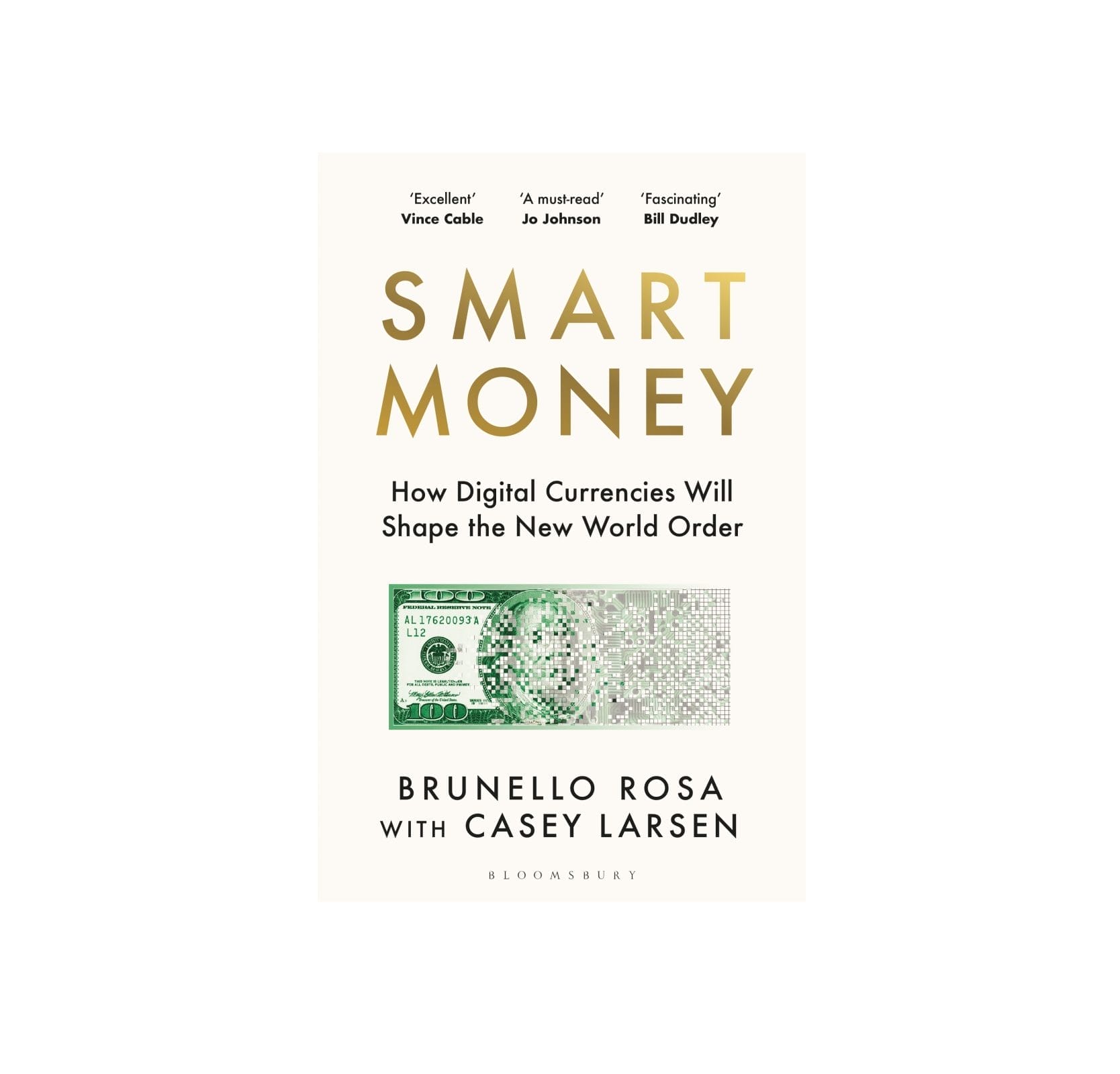Comprehensive answers to complex questions, tailored to specific audiences.

Rosa & Roubini Associates is a global macro advisory firm providing independent research and advisory services for business leaders and capital allocators.


“Urgent, clear-eyed and ground-breaking, ‘Smart Money’ shows us how all of our lives will soon be shaped by the ‘internet of money’ in ways most of us have failed even to consider.”
Bloomsbury
SMART MONEY

Digital Assets Advisory
We advise corporations and governments on the digital asset revolution, from navigating global regulations to leveraging digital assets on balance sheets, asset tokenization, and the geopolitical impact of state-backed digital currencies.
Advisory Services

OUR TEAM
Our independent consultants are located all over the world, and combine decades of experience and expertise across academia, policy making and the private sector.
Our Research
Weekly Column
Major Central Banks Approaching Neutral Rates From Two Sides

Over the last two weeks, the world’s four major central banks all held their final policy meetings of the year, and signalled their intentions for 2026. On December 11th, the European Central Bank (ECB) held its policy meeting, where the Governing Council opted to maintain interest rates at their current level (in particular, the deposit rate at 2%) signalling a cautious approach as inflation showed signs of stabilising. While no major changes were announced, the ECB reiterated its commitment to data-dependent decision-making, and emphasised the need for vigilance amid ongoing global uncertainties. Market participants interpreted the message as a sign that the central bank is near the so-called neutral rate, balancing growth and price stability. President Lagarde reiterated that the ECB is “in a good place” and is not in a rush to adjust rates in either direction, in spite of a recent interview by Board Member Isabel Schnabel, in which she suggested the ECB may increase rates as its next move. Instead, we remain convinced that the ECB may need to cut rates if the Fed cuts rates aggressively in 2026.
The Federal Reserve was next to meet on December 17th, when it decided to cut rates for the third time in a row, to bring the Fed funds rate down by 25bps, to 3.50% – 3.75%. The press conference by Jarome Powell proved to be less hawkish than some market participants had feared – there were some expectations that three consecutive cuts (the one in December having been described by Powell himself as a “not foregone conclusion” in October) might have indicated a pause before the next move. Instead, the SEP dots indicated two more cuts coming, one in 2026 and one in 2027, which would bring the Fed fund target range close to the “longer run rate” of 3.00%, which can be considered as neutral. The policy moves by the Fed will be revisited in 2026 in light of the successor to Jay Powell as next Fed Chair, which we discussed last week.
On Thursday December 18th, the other two major central banks met, and made the opposite decision. In the morning, the Bank of Japan decided to increase rates, with its main policy rate raised by 0.25% to 0.75%, citing signs that inflation has finally stabilised and the risk of a return to the “deflation mentality” often cited by previous governors is now much lower than before. The BoJ explicitly mentioned that they don’t want to speculate on the level of the “neutral rate” given the uncertainty surrounding its estimation, but they will continue to normalise their policy stance (which remains highly accommodative, given still-severely negative real rates) in coming months. We do expect more tightening to occur in 2026, as the inflationary impact of the expansionary fiscal policy by the new PM Sanae Takaichi will become more evident.
In the afternoon, the Bank of England concluded this round, with the decision to cut rates by 25bps to 3.75%, made with a razor-thin 5-4 majority in which the Governor’s vote proved to be decisive in tipping the balance towards a cut. But even those MPC members who voted for a cut mentioned that their decision is becoming increasingly finely balanced as the Bank Rate is approaching what seems to be the market understanding of the neutral rate, with the Bank refusing to speculate about its exact estimate.
Our Views
Our Podcasts














